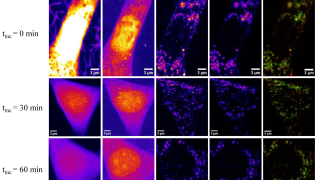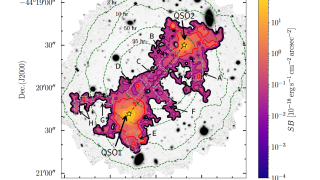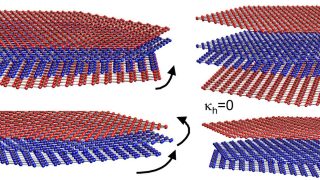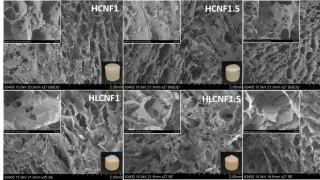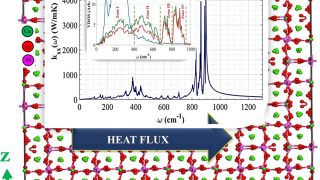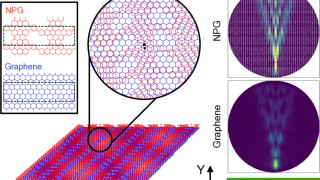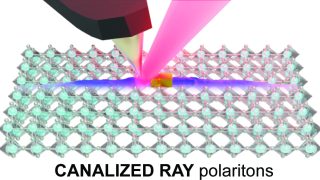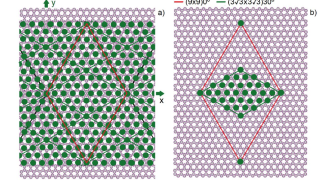
How substrates influence superconductivity through moiré phonons
The interplay between the electron and phonon dynamics in 2D materials is a complex and fascinating subject. By examining the behaviour of NbSe₂ on graphene, a new study has provided new insights into how substrates influence superconductivity through moiré phonons. In recent years, the study of two-dimensional (2D) materials has transformed the field of condensed […]
